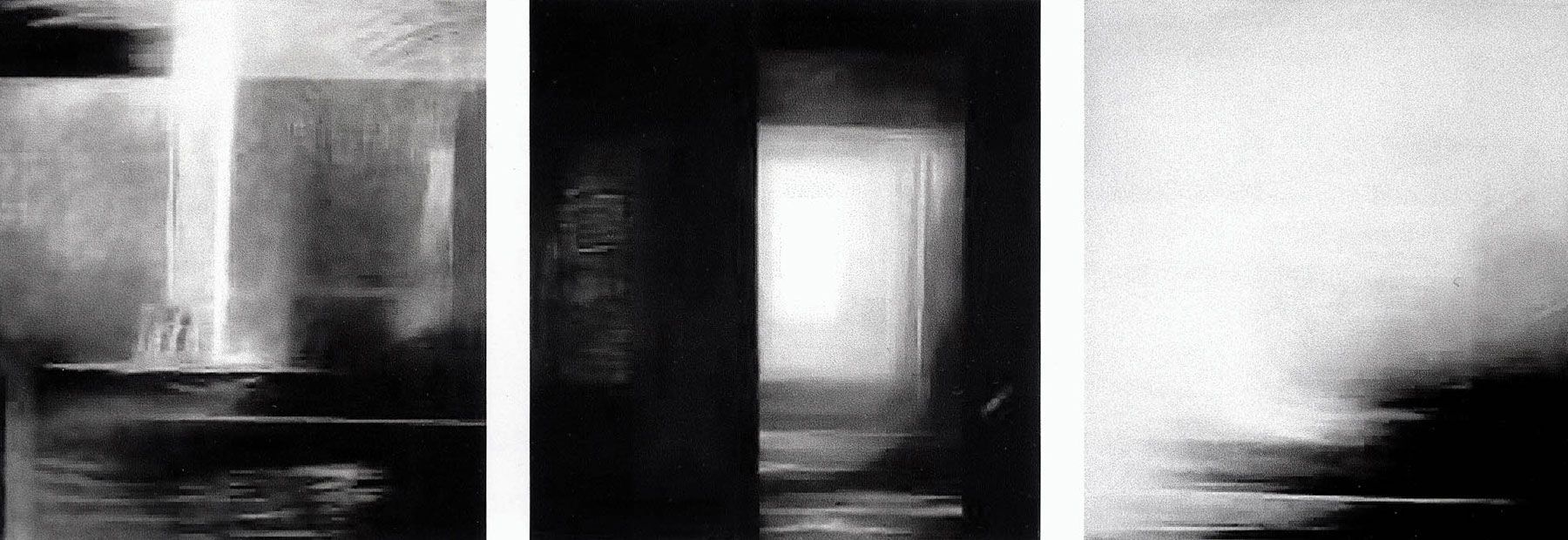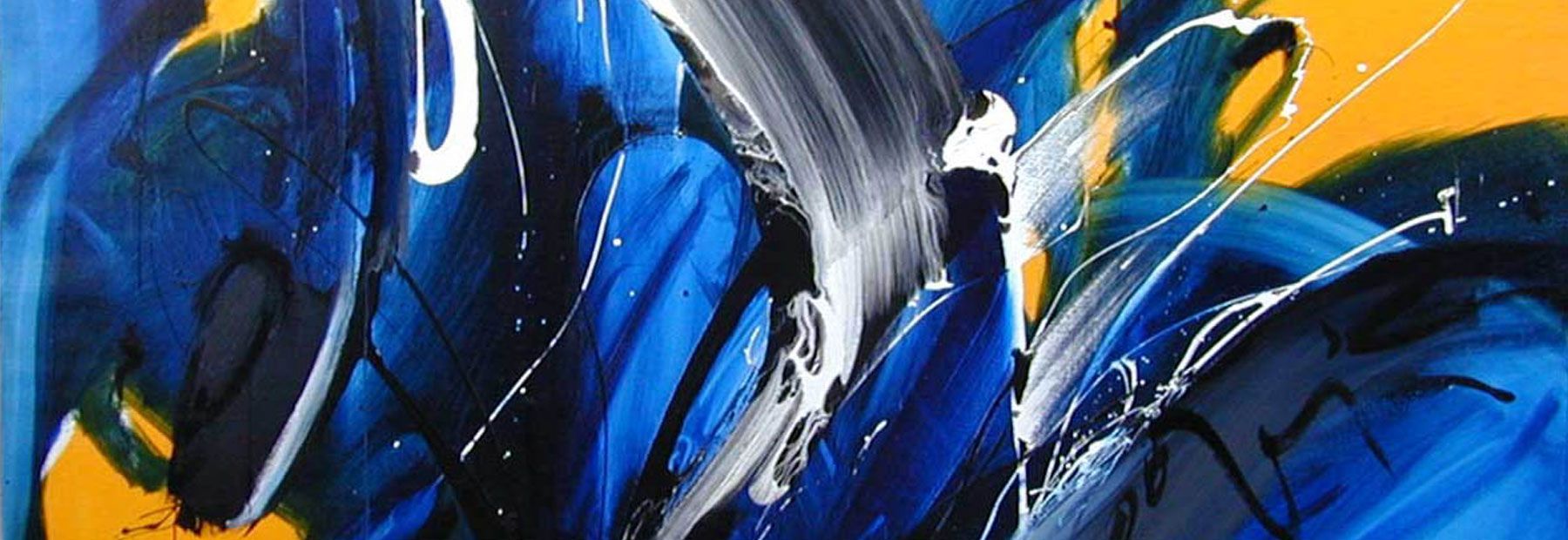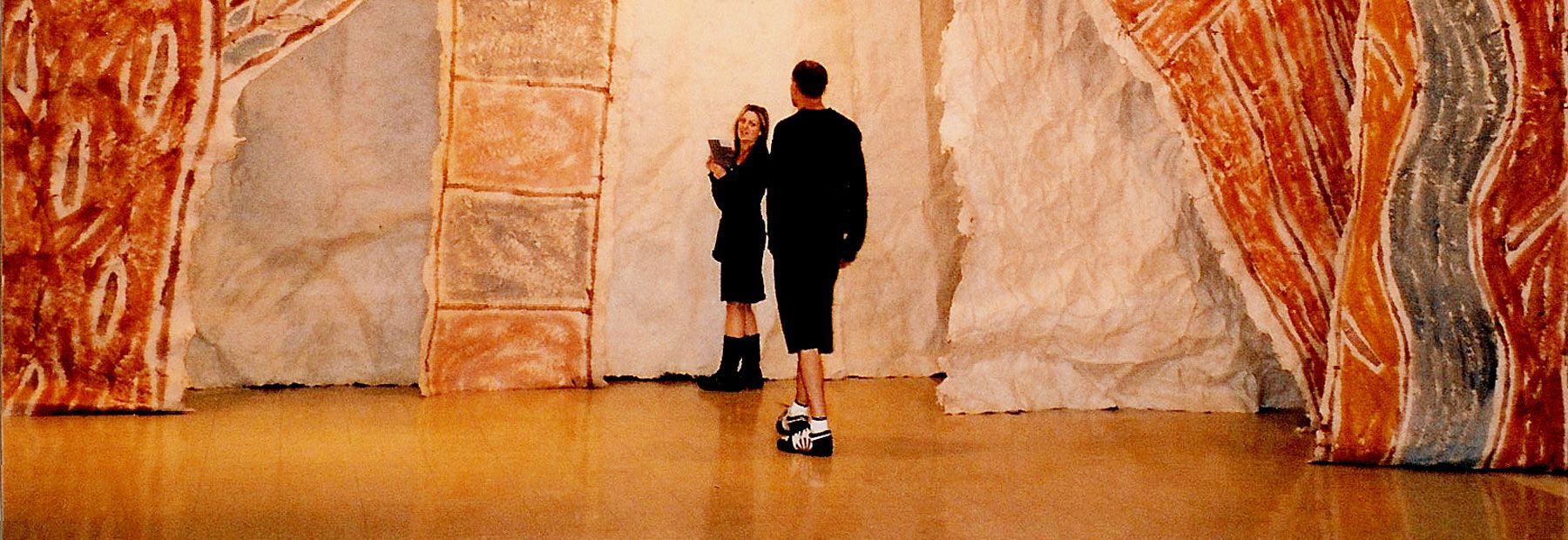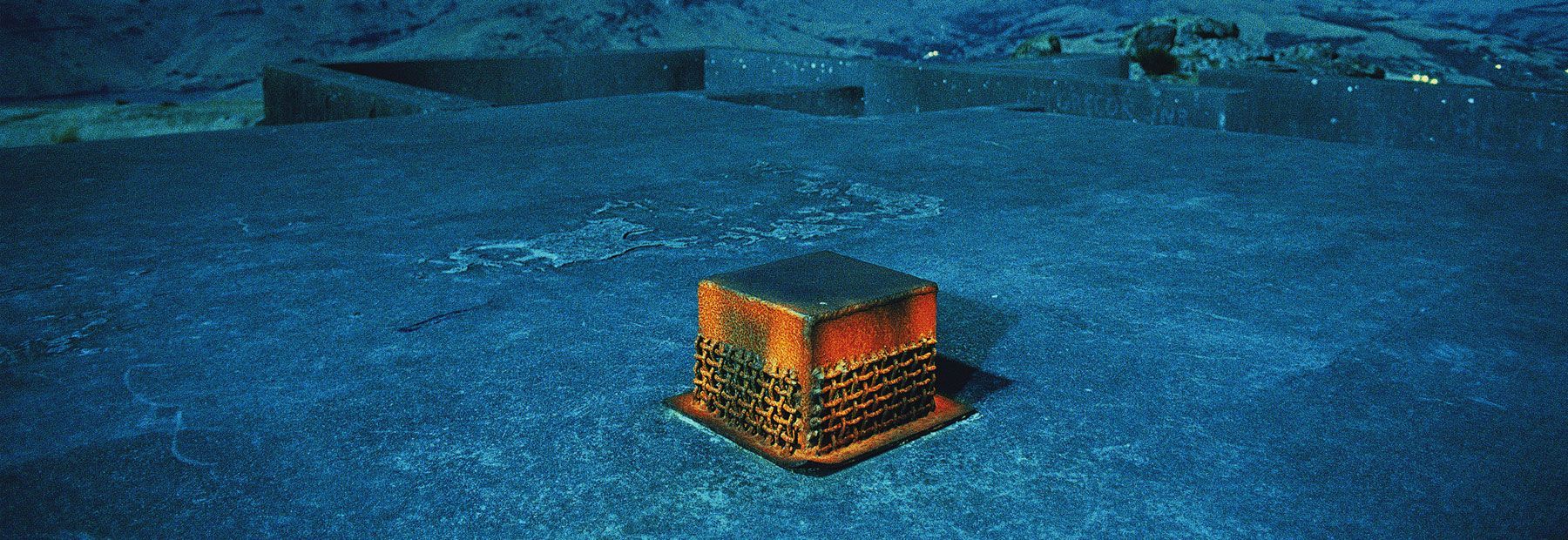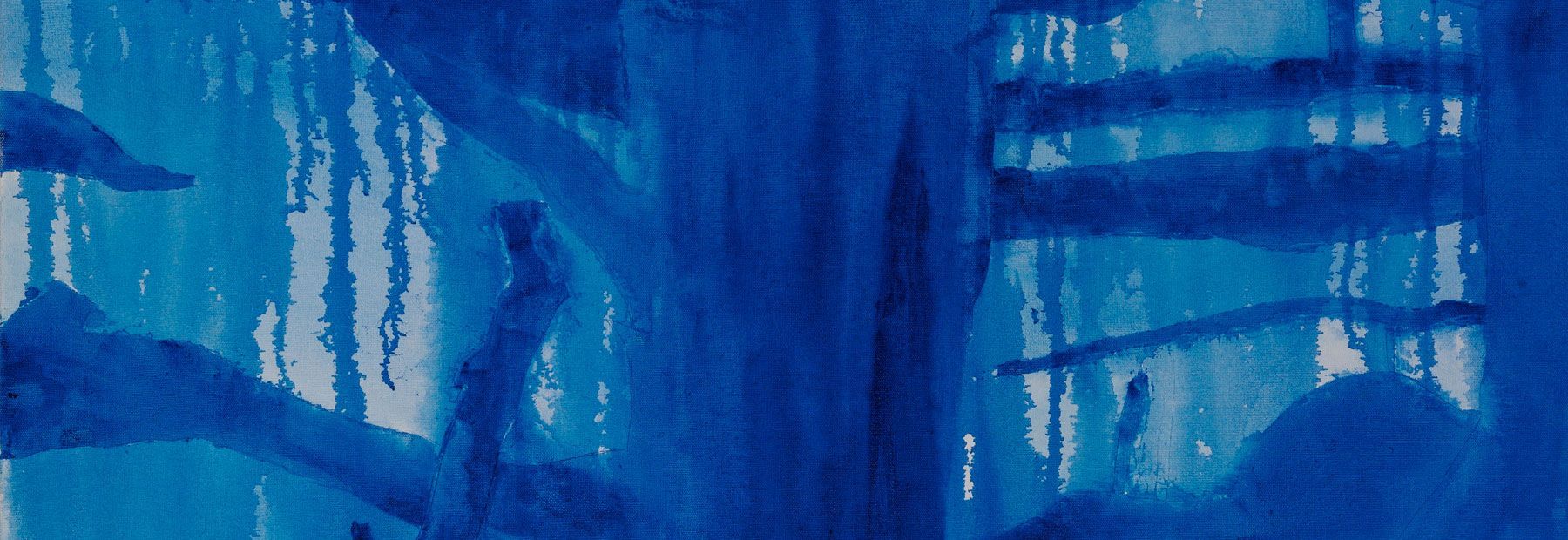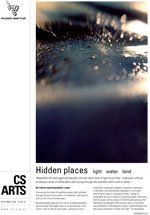The Cloth of Fire
Sue Spigel seems the most unlikely person to have ignited a huge public row in the Anglican Church. She is a talented artist who is very grateful to the cathedral for providing a spiritual home in a time of transition.
Ironically, she is motivated by a desire to promote peace and unity between very different peoples. The inception and production of the cloth has brought her closer to God and given her a fresh appreciation of His heart for all peoples, and of His many-faceted nature.
In 2005 the Chapter (cathedral leadership group) made a decision to invite Spigel, as both a quilter of international repute and a member of the cathedral community, to design and produce an altar cloth for Pentecost. This invitation was part of the 125th anniversary celebrations of the ChristChurch Cathedral.
After the cloth was completed, some theological objections have arisen from Sue’s inclusion of a barely visible Sanskrit text. At the time of writing, the final decision has not been made on how to resolve the tensions and where to place the cloth.
The process and nature of commissioning art
Commissioning art by an organization representing many people is, by nature, problematic. I think that when the work is commissioned and the design is formulated, it is at that stage the people who will have a bearing upon its use and acceptance should have a chance to have input.
This avoids the situation where an artist creates a major work only to find that it may not be used because it is not accepted by some who have influence over its acceptance. Is it ethical to commission a major artist to undertake a labour of love and creativity, for them to later discover they are subject to some modern aesthetic inquisition?
Censorship
It also raises issues of censorship and brings to mind the cheerful burning of major works of art in the Renaissance. This included no lesser artist than Botticelli, in his response to the fiery preaching of the monk Savanarola.
How much longer will the wider arts community know the church community for what it is against, rather than for what it affirms? Outcry against The madonna-in-a-condom, Piss Christ and other such misunderstood works often seems to be all that many artists hear from the church concerning the visual arts.
Chrysalis Seed is seeking to change that perception. The way the altar cloth controversy has evolved has not helped. While there are legitimate theological concerns raised by fellow evangelicals in this furore, the controversy does not help artists to feel confident in exposing their work and hearts in church settings.
‘Idolatry’
I was also concerned to hear the altar cloth described as an idol by one of the objectors. This takes us back to Sinai and the giving of the Ten Commandments. 'Idolatry' means worshipping something in place of God. It so happened that the form of that idolatry was a golden calf sculpture. Ever since then, many of those in the Judaeo-Christian tradition have been somewhat confused about the place of the visual arts.
Iconoclasm
Every few centuries this takes the form of iconoclasm, where all images in places of worship are smashed. A poverty of spirit and place often arises from these extremes. Cromwell and his Puritan troops, though fervent in faith, rampaged through England’s churches and cathedrals smashing stained glass and statues following the seventeenth century civil war. Many evangelicals today are only just getting over this Cromwellian hangover.
It’s ironic that Sue Spigel was trying to avoid being prescriptive in her response to the giving of the Spirit at Pentecost. This event was about the outpouring of the Holy Spirit to all peoples. This leaves us with the question: has this debate helped or hindered witness to the nations and to contemporary artists?
Peter Crothall


